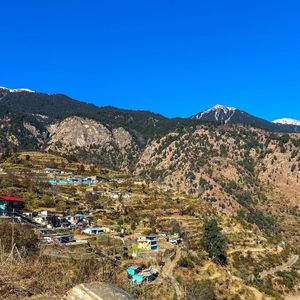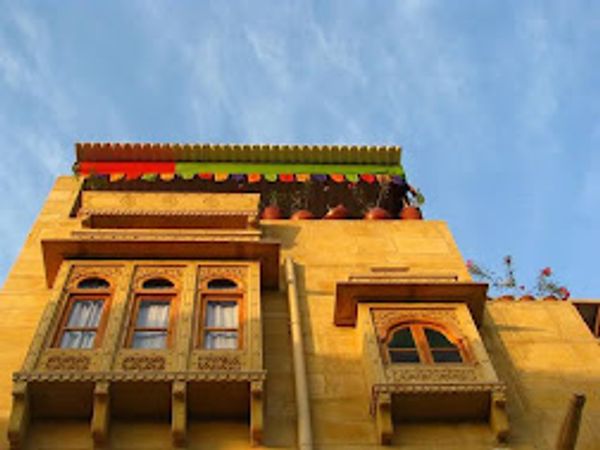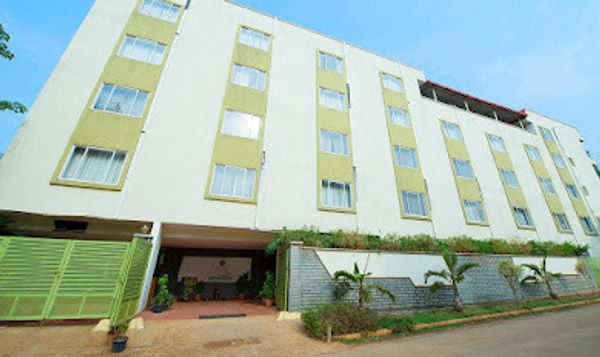Exploring Raithal Village: Base for Dayara Bugyal Trek in Uttarakhand
 Deepanshu Negi
18 Jul, 2025
9 mins read
46
Deepanshu Negi
18 Jul, 2025
9 mins read
46

Raithal is a small, peaceful village located in the Uttarkashi district of Uttarakhand, India. Surrounded by snow-capped mountains, pine forests, and terraced fields, this quiet village is not just a beautiful destination on its own but also serves as the base for one of the most popular high-altitude meadows in the Indian Himalayas, Dayara Bugyal.
Travelers who love nature, adventure, and authentic village life find Raithal to be a perfect starting point for exploring the mountains of Uttarakhand. The charm of this place lies in its simplicity and untouched beauty. If you are planning a trek or looking for a peaceful break from your busy routine, Raithal is worth considering.
Why Choose Raithal Village
Experience of Visiting Raithal
Raithal is located at an altitude of around 1,800 meters and offers pleasant weather for most of the year. As you drive up the winding roads to reach the village, you are greeted by panoramic views of the Himalayas and the fresh mountain air. The village itself is a mix of traditional homes, friendly locals, and slow-paced rural life.
Unlike crowded tourist spots, Raithal lets you connect with nature in its purest form. There are no loud noises, no traffic, and no rush. It is the kind of place where you can listen to birds chirping and watch the clouds float by for hours. For people who want to relax and enjoy nature, this village is a hidden gem.
Expert Base for Trekkers
Raithal is the official starting point of the famous Dayara Bugyal trek. Trekkers from all over the country and even abroad begin their journey here. The village has several homestays and local guides who are experienced in mountain trekking and offer valuable advice for a safe and enjoyable journey.
The locals have grown up in the mountains and know the terrain very well. Many of them work as guides or porters for treks and can help you understand the route, the weather conditions, and what to carry. Their experience makes your trip not just safer but also more meaningful.
About Dayara Bugyal Trek
Dayara Bugyal is one of the most beautiful alpine meadows in India. Bugyal means “high altitude meadow†in the local language. Located at an altitude of about 3,600 meters, Dayara Bugyal is known for its lush green grasslands, wildflowers, and breathtaking views of mountain peaks like Bandarpoonch and Draupadi Ka Danda.
The trek from Raithal to Dayara Bugyal is about 8 kilometers one way and is considered easy to moderate. It is suitable for beginners and families as well. The trail takes you through oak and rhododendron forests, clear streams, and wide open spaces. During winter, the meadow is covered in snow, making it a popular spot for snow trekking.
What Makes Raithal Special
Authentic Village Life
One of the best parts of visiting Raithal is experiencing the local culture. The people here live simple lives and follow traditional ways of farming and cooking. Staying in a homestay gives you the chance to eat homemade food, learn about local customs, and even try your hand at village activities like milking cows or collecting firewood.
Most homes are made of stone and wood, with sloping roofs to handle the snow in winter. You will find that the people are warm and welcoming, always ready to share their stories and listen to yours. This personal connection makes your visit more than just a holiday. It becomes a memory.
Eco Friendly Tourism
Raithal is also becoming known for responsible tourism. Many locals are now offering eco-friendly stays where you can live close to nature without harming the environment. Solar lights, compost toilets, and local food are part of this effort. By staying in such places, visitors support the local economy and help preserve the beauty of the mountains.
Travelers are also encouraged to follow “leave no trace†principles by not littering, not disturbing wildlife, and respecting the culture and land. This shared sense of care helps keep the village and trekking routes clean and peaceful for future generations.
Best Time to Visit Raithal
The best time to visit Raithal is from April to June and from September to November. During these months, the weather is pleasant and the skies are clear. If you love snow, then December to February is the right time to plan your trip. The entire region turns into a winter wonderland during this period.
Monsoon season, from July to August, brings heavy rainfall and is not ideal for trekking due to slippery trails and landslides. However, the village itself remains green and fresh, offering a different kind of beauty.
How to Reach Raithal
Raithal is located about 180 kilometers from Dehradun, the capital of Uttarakhand. The nearest railway station and airport are both in Dehradun. From there, you can hire a taxi or take a shared vehicle to reach Uttarkashi town. Raithal is about 40 kilometers from Uttarkashi and can be reached by road.
The journey may take time, but the scenic views along the way make it enjoyable. It is best to start your journey early in the day to reach Raithal by evening.
Where to Stay in Raithal
Raithal has several small homestays and guesthouses run by local families. These places offer clean rooms, warm food, and a chance to live like a local. Some stays even offer bonfires and guided walks around the village. Booking in advance is a good idea during peak trekking seasons.
Staying in Raithal also helps support the local economy. Most homestays use local ingredients and involve villagers in running the place, which keeps tourism sustainable and community-focused.
Tips for Travelers
- Carry warm clothes even in summer as temperatures can drop at night
- Wear good trekking shoes and carry a walking stick for support
- Keep water and snacks with you while trekking
- Avoid single-use plastic and dispose of waste properly
- Respect local customs and ask before taking photos of people or homes
- Hire local guides to help you during the trek and to support the local economy
Final Thoughts
Raithal village is much more than just a base camp for Dayara Bugyal. It is a peaceful place full of charm, warmth, and natural beauty. Whether you are an experienced trekker or someone looking to escape city life, Raithal offers a perfect mix of adventure and peace.
By choosing to visit Raithal, you not only get to see some of the most stunning landscapes in India but also support a small mountain community that is working hard to keep its traditions alive while welcoming visitors from around the world.
For those who truly want to explore Uttarakhand beyond the usual tourist spots, Raithal is a great place to start.
Written By:
Deepanshu Negi



Hotels at your convenience
Now choose your stay according to your preference. From finding a place for your dream destination or a mere weekend getaway to business accommodations or brief stay, we have got you covered. Explore hotels as per your mood.


